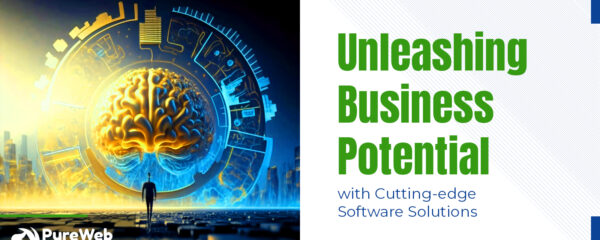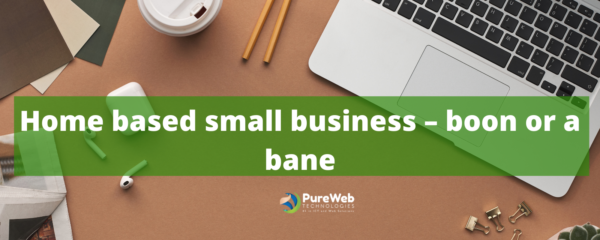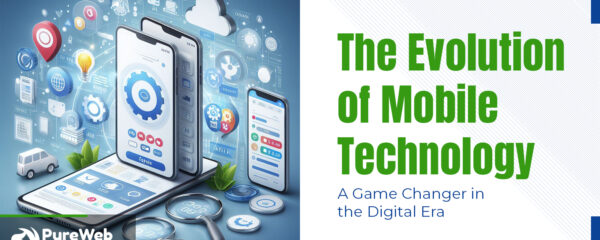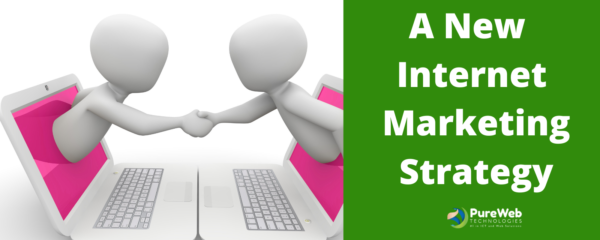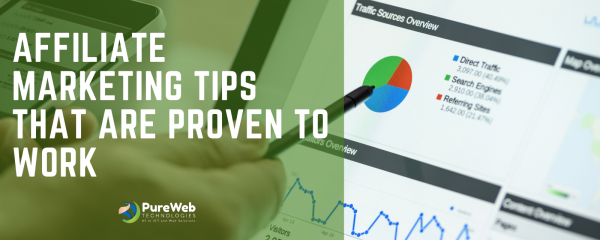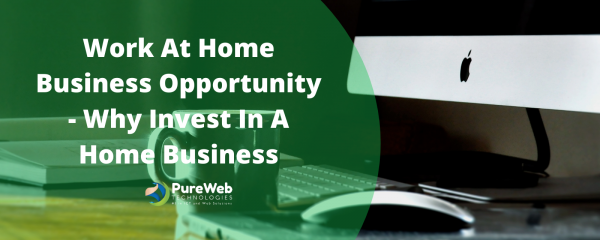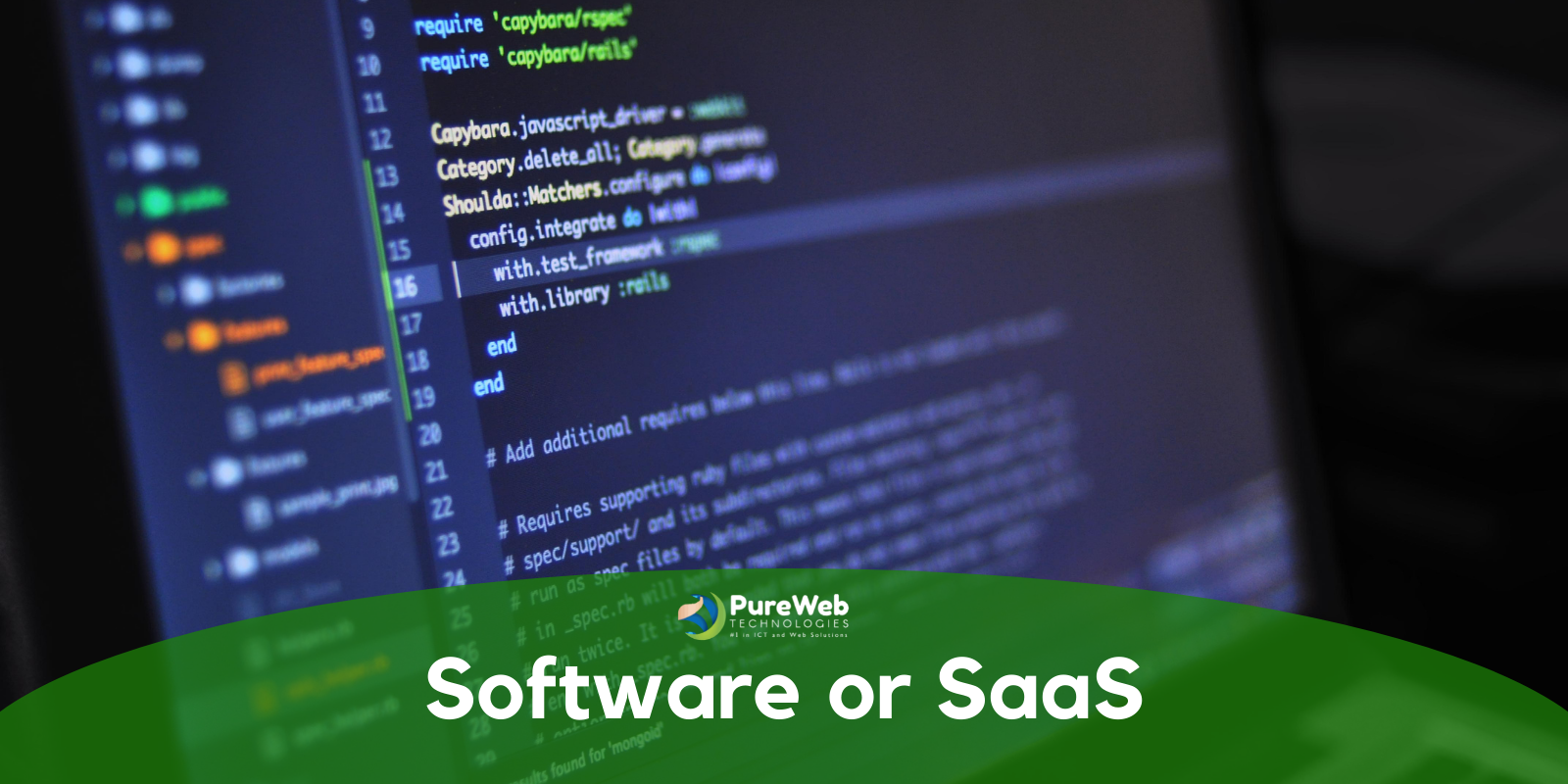
There is one problem with affiliate or information products: they don’t appeal to everyone. A great digital information product can provide excellent value to the end-user and some people really appreciate what they can learn from an eBook. But there’s also a lot of junk out there. Some eBooks are just bad and they have a little bit of a bad reputation as a result.
Likewise, some people feel very funny about selling something that essentially anyone with the right information could make. eBooks are a dime a dozen too, which makes it much harder to stand out and to demonstrate value.
That’s before we even consider the fact that a lot of the information in an eBook is normally available online as well for free. Something a little more ambitious you can create in that case then is software.
The general public are far more used to spending money on software and programs and it’s much easier to communicate the value of something that, say, organizes your contacts, or carries out complex math. At the same time though, software has many of the same advantages as information products – once again there is no COGS and there is no reason to spend lots of money on expensive materials.
There are also multiple different ways to monetize software, which again makes it potentially more appealing for some people…
How to Monetize Software
One of the most simple and straightforward ways to monetize software is of course to simply sell the software. This can be very varied in terms of the scope and the price. For instance, if you look at a piece of software such as Sony Vegas (video editing software), that will set you back several hundred dollars for the full package. On the other hand, you then have ‘apps’ which will sell on the Google Play Store or Apple App Store for 50cents.
Of course it’s much easier to go after the latter market – a small app is cheaper to develop and maintain and from there, you’ll have a great route to market (and payment system) in the form of those stores. Another option with an app meanwhile is to make money from advertising. In this model, you actually give the app away for free but then make money every time someone clicks on or views an ad that shows on top of it.
SaaS
Another completely different option is to go the SaaS route. This stands for ‘Software As A Service’ and essentially it means that you are selling access to a piece of software for a recurring fee – much like a subscription. The dating website Match.com (www.match.com) is a great example of this. Others will often offer a free membership in order to attract potential customers and then encourage to upgrade their membership for a fee, giving access to more features. Examples of this include Dropbox (www.dropbox.com), Evernote (www.evernote.com) and Feedly (www.feedly.com).

